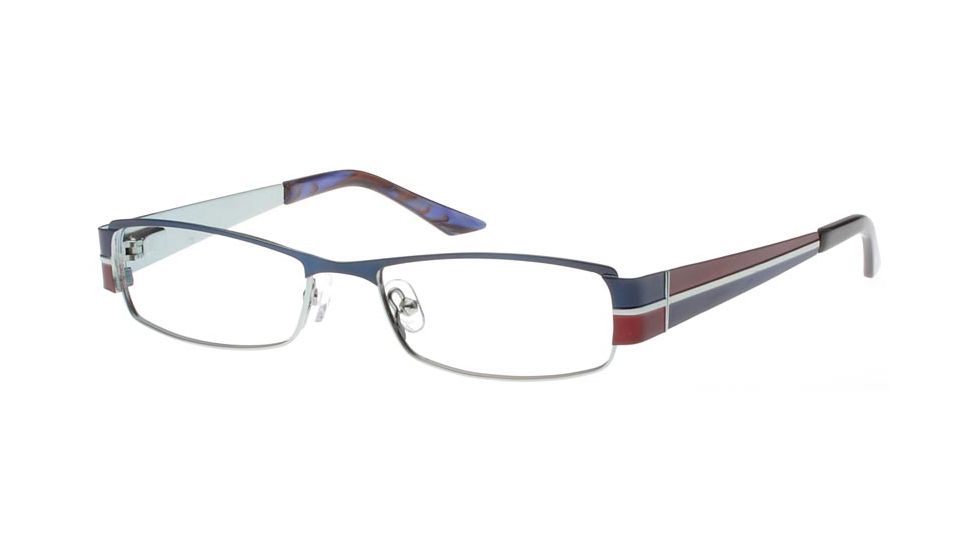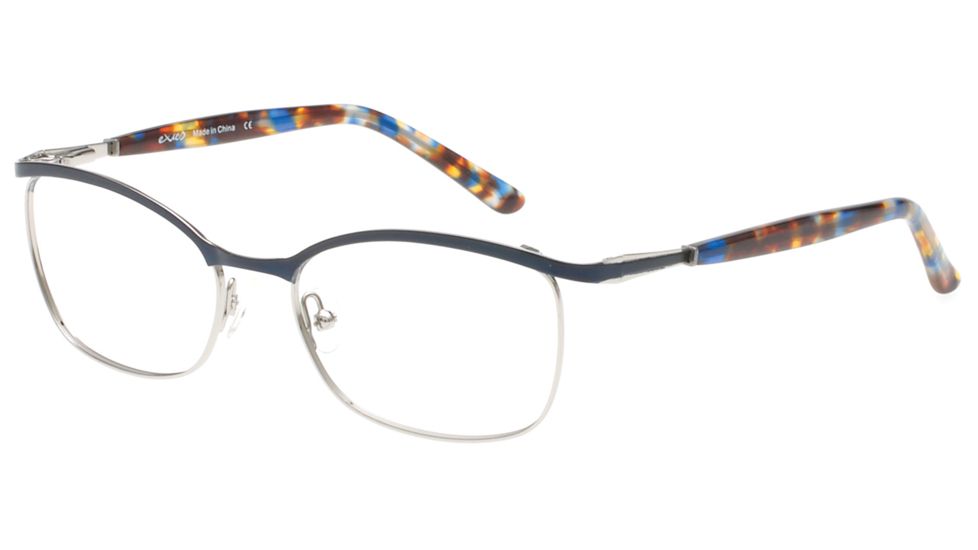

Heating is accompanied by the release and/or absorption of heat. It appears that the excess entropy of a glass is proportional to its excess internal energy and the entropy per defect is (20–30) k B (where k B is the Boltzmann constant), which is characteristic of interstitial defects.įirst, the excess internal energy of MGs with respect to the parent crystal can be calculated from calorimetric data. In this work, we use a similar approach that shows that the excess internal energy of each of ten MGs at room temperature coincides within an accuracy of no less than 10–15% with the elastic energy of the system of interstitial defects frozen-in at the annealing of the melt. It appeared that excess enthalpy values for several MGs coincide within 10–20% with values calculated from calorimetric data and the enthalpy jump at crystallization almost exactly coincides with the heat of crystallization. The temperature dependences of the excess enthalpy, entropy, and Gibbs energy with respect to the parent crystalline state were calculated within this approach. That work is based on interstitialcy theory implying that “defects” of MGs inherited from the melt are similar to interstitial dumbbells in crystalline metals. Meanwhile, to the best of our knowledge, any studies aimed at solving this problem are absent except for recent work. The solution to this problem would allow one to obtain information on the structural elements of glass, which have, e.g., an increased internal energy and, thereby, significantly affect the macroscopic properties of MGs (e.g., the formation of shear bands and macroscopic plasticity ). The understanding of the excess thermodynamic potentials of solid glass with respect to the parent crystal is of special interest in this field. The physical nature of the formation of the indicated excess thermodynamic potentials has not yet been considered. The results obtained are used primarily to estimate the glass-forming ability of supercooled liquids and kinetics of their crystallization.

The general scheme of these works involves the use of data on the heat capacity in the liquid state and/or below the glass transition temperature T g together with data on melting heat and entropy to calculate the excess enthalpy, entropy, and Gibbs energy of the supercooled liquid/glassy state with respect to the initial (parent Footnote 1) crystalline state.

Calculations of these potentials began in the 1990s and continue currently. In particular, this refers to the physical nature of excess (i.e., related to a noncrystalline state) thermodynamic potentials (internal energy, entropy, enthalpy, and Gibbs energy) of metallic glasses. On the other hand, a number of fundamental problems concerning the structure and structural dynamics of MGs, glass transition, relaxation and deformation behavior, etc., have not yet been solved. On one hand, they have a number of unique physical properties (high yield and tensile strengths, capability of superplastic formation, wear and corrosion resistance, biocompatibility, high-permeability properties, etc.), implying the possibility of applications in some fields from functional materials to environmental protection and medicine. Metallic glasses (MGs) have been of great interest for a long time.


 0 kommentar(er)
0 kommentar(er)
